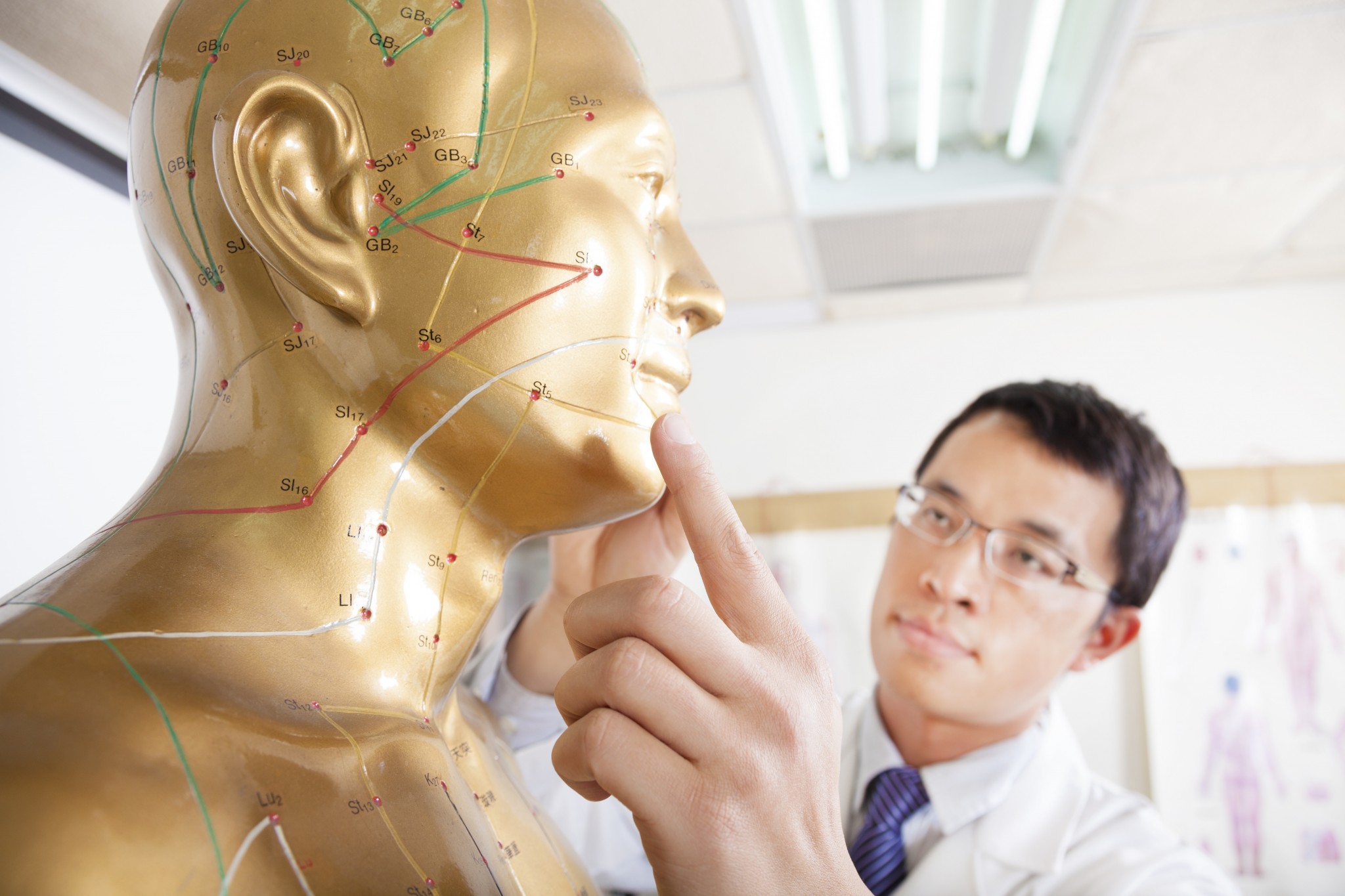
In recent years, there’s been a rising interest among international students in obtaining credentials in traditional Chinese medicine (TCM) from China, according to World Education Services.
In an article written by credential analysts Claire Mengshi Zheng and Jee Lee, they observed that over 700,000 students are studying TCM in China, with 5,510 of them coming from overseas.
Traditional Chinese Medicine: Surging International Interest and a Shifting Educational Landscape in #China https://t.co/VUPwk6mXI1 #intled
— WES (@WESPicks) December 8, 2016
But why TCM and why in China?
The authors attributed the rise in popularity to several factors, such as Chinese scientist Youyou Tu’s receipt of the 2015 Nobel Prize for medicine, which helped raise the profile of TCM. Tu’s research into herbs used in TCM led her to discover a valuable anti-malarial agent, artemisinin.
The award has proved to be a turning point for TCM, which had previously been dismissed for having any real medicinal value.
Marta Hanson, a history of medicine professor at Johns Hopkins University, wrote in an article discussing Tu’s win: “Traditional medical knowledge anywhere in the world has not even been on the radar for Nobel Prize prospects. Until now, that is.”
![]()
Source: World Education Services
While TCM is gaining some credibility outside of China, within the country itself, it has always been a major industry.
According to the director of the State Administration of Traditional Chinese Medicine, the entire TCM sector was worth an estimated US$110.8 million (730 billion RMB).
The Chinese government has even introduced a 15-year plan to ensure the continued growth of the TCM sector, aiming for it to provide 30 percent of the medical industry’s gross output by 2020.
The key practices used in TCM are Tuina (a type of therapeutic massage), acupuncture, moxibustion (the application of burning mugwort to specific parts of the body), and Chinese herbalism (the use of herbal medicine).
The Chinese State Council Information Office recently released a white paper focusing on TCM, which revealed that TCM medicines have gradually entered the international system of medicines, and some of them have been registered in Russia, Cuba, Vietnam, Singapore, United Arab Emirates and other nations.
According to the World Health Organization, 103 member states have given approval to the practice of acupuncture and moxibustion, 29 have enacted special statutes on traditional medicine, and 18 have included acupuncture and moxibustion treatment in their medical insurance provisions.
![]()
Source: World Education Services
As the origin country for the practice, TCM education in China is considered more “authentic” and covers the various types, whereas TCM instruction outside of China tends to focus only on acupuncture.
Based on official figures, the majority (69 percent) of international students are pursuing their Bachelor’s in TCM, with 79 percent of the total coming from Asian countries.
Another factor behind the rise in TCM education is the increased demand for TCM practitioners in Western countries, particularly the U.S.
Zheng and Lee noted the spread of “complementary” or “integrative” health interventions, which blend conventional Western-style medicine with other, non-Western techniques.
The country’s struggle with opioid addiction is another significant factor, sending the U.S. government looking for alternatives to chronic pain management that does not rely on opioids.
“Well-respected institutions, including the M.D. Anderson Cancer Center, the Memorial Sloan Kettering Cancer Center, the Cleveland Clinic, and others, now all have integrative medicine centers that include herbal clinics, massage therapy, acupuncture, and more,” they wrote, adding that it offered more professional opportunities to TCM practitioners.
However, Zheng and Lee also warned that with the increased interest in studying TCM, comes the challenge of ensuring proper accreditation and licensing of practitioners.
Image via Shutterstock
Liked this? Then you’ll love these…
Allied Medical Sciences: 4 alternative degrees to Medicine you should consider
China on track to overtake UK as 2nd most popular study destination









